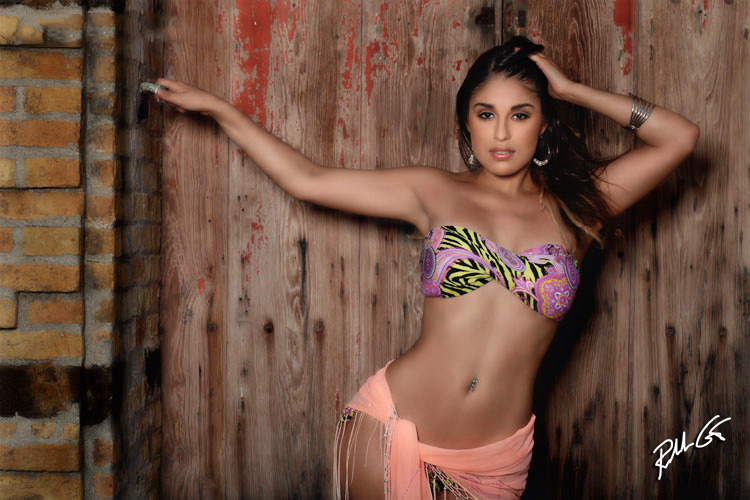A Little Squared Humor. Often, I get interesting questions, some humor me and today was no different when a model asked me on the phone, “If lenses are round, why are photos rectangular?” I chuckled at first and then told her, “That’s a good question,” then I gave her some logical answers.
 First, it’s a known fact while lenses capture an image throughout the circumference of the glass, any degradation occurs on the outer parts of the image, hence cutting off those parts results in a sharper overall image in a rectangular format. Of course, she then responded, “Then why aren’t images square?”
First, it’s a known fact while lenses capture an image throughout the circumference of the glass, any degradation occurs on the outer parts of the image, hence cutting off those parts results in a sharper overall image in a rectangular format. Of course, she then responded, “Then why aren’t images square?”
Another good question as it makes sense to trim off the degradation equally from all sides, which results in a square. However, any designer will tell you that a rectangle is more pleasing to the eye, since we tend to naturally see more through our own eyes in a horizontal format. This rectangle format also allows us to shoot the more powerful vertical. Though there have been square format cameras in the past, like the Kodak 126 Instamatic camera, basically a squared 35mm format, and the more commonly known amongst professional photographers back in the day were the medium format, 2 ¼ square size.
I myself used the square format back in high school as a photographer. The camera of choice for my photojournalism instructor for his photographers was the Yashica Mat 120G medium format camera. The square image produced was 2 ¼-inches square on each side, many times larger than a 35mm negative, allowing us ample room to crop out rectangle images in either a horizontal or vertical format.
So, the more I thought about that question, I decided to come up with some answers of my own (in a humorous way) and a few other questions I’d love to know about the answers myself. So first, here are a few of my assumptions on why we capture in a rectangular format vs. round format, though we use round lenses:
- Rectangle lenses would provide lens barrels that would be difficult to focus. Imagine turning a rectangle focusing ring, not to mention attaching rectangle filters.
- Finding picture frames would become interesting, now we’d have different circumference size frames.
- There would be tons of paper waste because printing paper is in a rectangular format, so round prints would create a non-green environment.
- Round computer monitors to view photos doesn’t make sense.
- It becomes difficult to properly align round images in frames and hang them properly, exactly the way they were captured.
- If video adopted round formats our televisions would appear as one large tube.
- Our smart phones would become round to view the images properly too. Now can you imagine round Instagram photos? Even worse, if you dropped your phone can you picture it rolling downhill?
- Billboards would become round adding a tunnel vision perception.
- If theater screens were round would we be sitting in tunnels viewing movies instead of rectangular theater rooms? Can you imagine the acoustics alone?
- The Rule of Thirds would require a revision.
Now here are some of my questions about other things in life:
- Why is bacon in the U.S. cut in rectangular strips and Canadian bacon in round pieces?
- Who invented liquid soap and why?
- Why are most cold cuts square or rectangle, but bologna is round knowing it normally goes on a square piece of bread?
- Why does Wendy’s make square hamburger patties for their round buns?
- If you made square donuts would you have square donut holes?
- Cannibals don’t eat clowns because they fear they might taste funny, so with that said, would Cannibals fear eating astronauts because they’d become spaced out?
- Since cows eat corn, grass and hay, does that mean it’s OK for vegetarians to eat cows?
- Why is our alphabet in the order that it is?
- Why does shrimp come in jumbo sizes?
- If Australia is “down under,” why isn’t the United States “up over?”

This photo was captured using a horizontal format but would it look the same in a circular format? Probably not.
I’m sure there are many other interesting, and humorous questions out there that can fascinate us with answers, but ultimately there are many logical reasons why lenses are round and capture devices as well as prints are rectangular. Since I’m not a photo scientist I can only refer to the obvious, we see in a horizontal format, cropping the image in a rectangle format leaves us the sharpest part of the image and it only makes common sense when it comes to printing.




